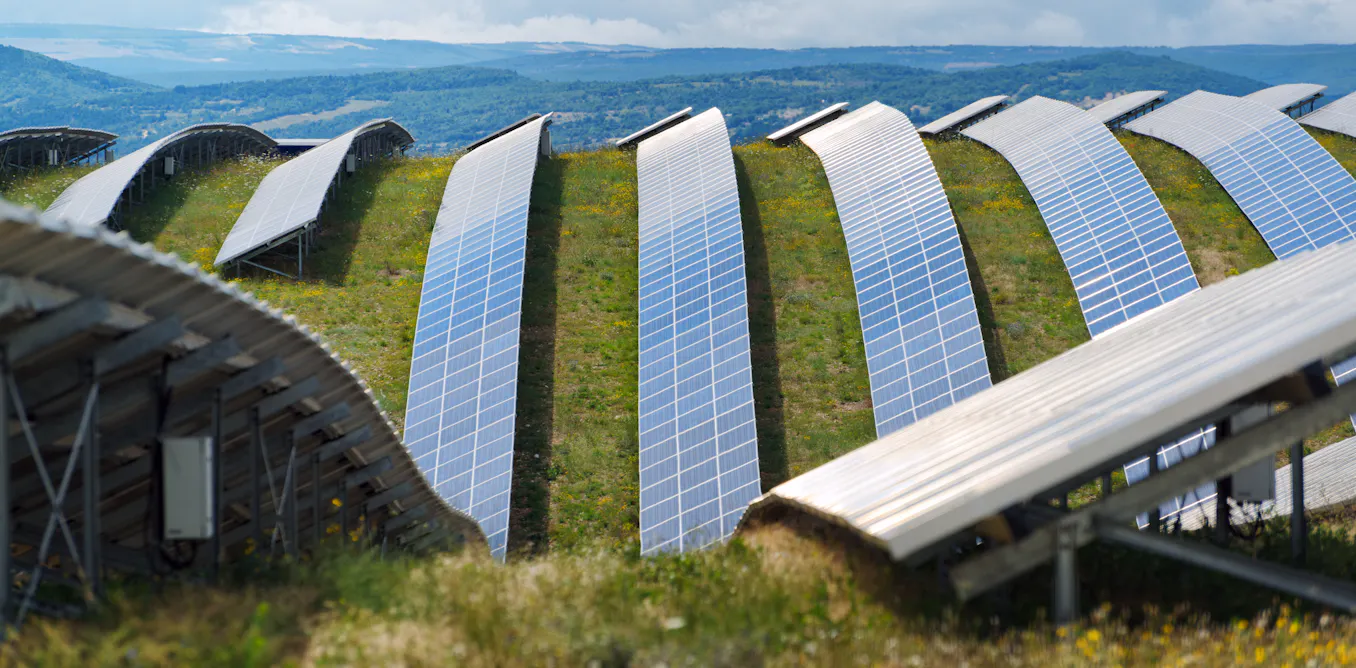2025:Solar Energy becoming the Economic Engine of America!
The New Administration, Elon Musk, and Energy Independence!

Solar Energy: A Pathway to American Energy Independence
As the world seeks sustainable energy sources, solar energy has emerged as a key contender to fuel an energy-independent future for the United States. With growing investments in stateside manufacturing of solar technology, combined with the potential influence market and tech innovators, the U.S. could dramatically reshape its energy landscape, reducing dependency on fossil fuels and enhancing economic resilience.
Solar Energy and National Independence
Energy independence has long been a central aim of American energy policy. Historically, the U.S. relied heavily on oil imports, making it vulnerable to global market shifts and foreign influences. However, the rise of renewable energy sources like solar offers a clear path to a more resilient and self-sufficient energy system. We believe it is not a zero sum game, but its imperative that we find a balanced mix of energy sources that ensure resiliency at every level. Solar energy's with energy storage's core strength is local and decentralized generation—meaning individual homes, companies, and even neighborhoods can produce power at the site of the load, which actually helps gird up the larger grid.
This is a recipe for more than resilience at the individual level. When spread across the country, our collective impact translates to national security. We actually have a chance to realize a fundamental American ethic of collective strength through individual strength. Prior to widespread access to cheap, reliable and clean energy, we have never had as many tools available to realize this outcome.
Economic Benefits and Job Creation
Solar energy as an economic engine. An emphasis on solar installations across the country could create millions of jobs in manufacturing, installation, and maintenance, providing employment for skilled workers and enhancing local economies. In many ways, solar energy is an ideal match for an “America First” energy policy. The growth of solar power infrastructure would mean more American-made technology, more American jobs, and greater control over energy production and pricing. There are currently nearly 250,000 solar jobs in Texas, but nationally we need another 1 million jobs to achieve our goals.
Elon Musk’s Role: Innovator and Touchstone
We cannot deny that Elon Musk has impacted the national discourse around solar, batteries and EVs. His companies have moved the needle in making solar energy more efficient, accessible, and affordable for the everyday consumer.
This is just part of the story. His success stands on a broad community of innovators, entrepreneurs and global commitment to realizing the energy transition. We are hopeful that his potential role in Trump's administration stands firm on this tenet. Keeping our industry committed to bold innovation, investment and swiftness relies on the right mix of signals, policies and investment. It is certainly larger than one person or one company.
There are interesting developments in Texas that show this activity working. In the deregulated territories, there are new companies promoting VPPs (Virtual Power Plants) along with Tesla. VPPs are basically microgrids that deliver energy services back tot he grid at the smae time they provide energy security to the site owner. This new business model is a market driven response to provide home energy security in an affordable manner. We just need time to let these strategies take root and work. We are guardedly optimistic that Musk will rise above the allure of transactions to see the long game at work.
Challenges and Opportunities
Solar energy production depends on sunlight, requiring innovative solutions for energy storage and grid integration to ensure reliable power during cloudy days or nighttime. This is where battery backup storage becomes crucial. By developing better storage systems and decentralized grid structures, solar energy will be consistently available, regardless of weather patterns or time of day.
The U.S. needs to continue investing in research, infrastructure, and a skilled workforce. Policy incentives play a critical role here, helping to reduce the costs of solar installations and encouraging both residential and commercial adoption. An America First energy policy can help identify cost-saving innovations and potential synergies with other sectors, such as electric vehicle (EV) infrastructure, to accelerate the transition to a renewable energy economy. We at Lighthouse and our colleagues int eh industry will continue to state the simple maxim, that the best solution is the highest value, most cost efficient solution in the short term and long term. Distributed solar and storage more and more meets this criteria.
The Future of Solar: A Vision for Energy Independence
The impact of solar energy extends beyond just environmental or economic benefits; it represents a fundamental shift toward a future where America can rely on homegrown, sustainable energy sources. With the right policies and incentives, the U.S. can accelerate the adoption of solar, strengthening its energy independence and supporting a safer and more secure future.











